by Allison Herschede, BSN, RN, DCES
Are you a person with type 1 diabetes who is following all the directions the doctor gives you? Eating right, exercising, taking the proper dose, but your blood sugar is still high?
The biggest piece of advice I can give you is to read, Dr. Bernstein's Diabetes Solution book. This information is a complete game changer. Until you can read it, here are my top 5 tips for lowering your blood sugar.
Cut out sugar and limit carbohydrates-
Yes, I know this isn’t the 1980’s and we have rapid-acting insulin now, but it just doesn’t act like the insulin made by the human body. When we eat sugary, high-carb foods, it’s very difficult to match the insulin to the carbs, even if our insulin-to-carb ratio is correct. You either go too high or too low. Every once in a while you’ll get a perfect result and think you can get away with it, but until we have smart insulin, we really can’t.
Did you know that food companies are allowed to be up to 20% off on their carb count? That can make it very difficult to dose correctly. If you wear a continuous glucose monitor (CGM), you can see the results for yourself. Non-diabetic blood sugars are the goal, and non-diabetics don’t spike to 200 mg/dL (11 mmol/L) an hour post-meal (if they do, they have a problem, that’s not normal).
Pre-bolus-
It’s a total pain, but it really helps. Dose your rapid-acting insulin at least 15 minutes before your meal. If you wear a CGM, wait until you see your blood sugar start to drop on the CGM before taking a bite. That way you know your insulin is active and you’re more likely to match the timing.
Utilize intramuscular injections-
This is not something we’re typically taught. We’re taught that insulin should only be injected subcutaneously, but injecting in the muscle can make the insulin act much faster, and it is out of your system more quickly, so you’re less likely to stack insulin. Intramuscular injections can be very helpful for correcting high blood sugar quickly and Dr. Richard K. Bernstein discusses this technique here. A 12.7mm insulin syringe is preferable (with half unit markings if you can find them), but if you’re lean, you should be able to get away with an 8mm syringe. I use the deltoid muscle, just below the shoulder cap, as Dr. Bernstein recommends. Spread the skin out flat; don’t pinch like you would a typical injection.
Lower your target-
Most people with diabetes keep the high alarm on the CGM set at 150 or 200 mg/dL (8.3-10.0 mmol/L). This is much too high of an alarm to avoid a high blood sugar level in the first place. Set your high alert to 120 mg/dL (6.7 mmol/L), that way you can be proactive, and take a micro-dose and correct before you actually go high. If you use an insulin pump, lower your target to where you actually want your blood sugar. My goal is 83 mg/dL (4.6 mmol/L) 24/7 so when I pump, my target is set to 83 mg/dL.
Treat hypos with glucose only-
I know, I know, glucose is nasty, but that is exactly why I use it. Treat it as a medicine and not a fun treat that you get to have when you’re low. Don’t treat a low blood sugar level with food; it’s unpredictable and you’ll almost always spike afterward or eat more than you need because it’s tasty. You can use glucose tablets, Smarties (American version), Rockets in Canada, Fizzers in Australia, or Winkies, which are kosher. Other dextrose-based candies like Sweet Tarts, Bottle caps and Spree are good, too. Find out how much 1g of glucose raises your blood sugar, and you can tailor your dose exactly like a medication.
Try these tips out and let us know how they work for you!
If you’re ready to gain more control over diabetes, we invite you to join a one-on-one personal coaching program with Allison Herschede, Registered Nurse, and Diabetes Care & Education Specialist. Learn more and get started here.







Observations of a decade of low carb for T1D management. Has it been worth it? What are the regrets? And what has changed in that time.